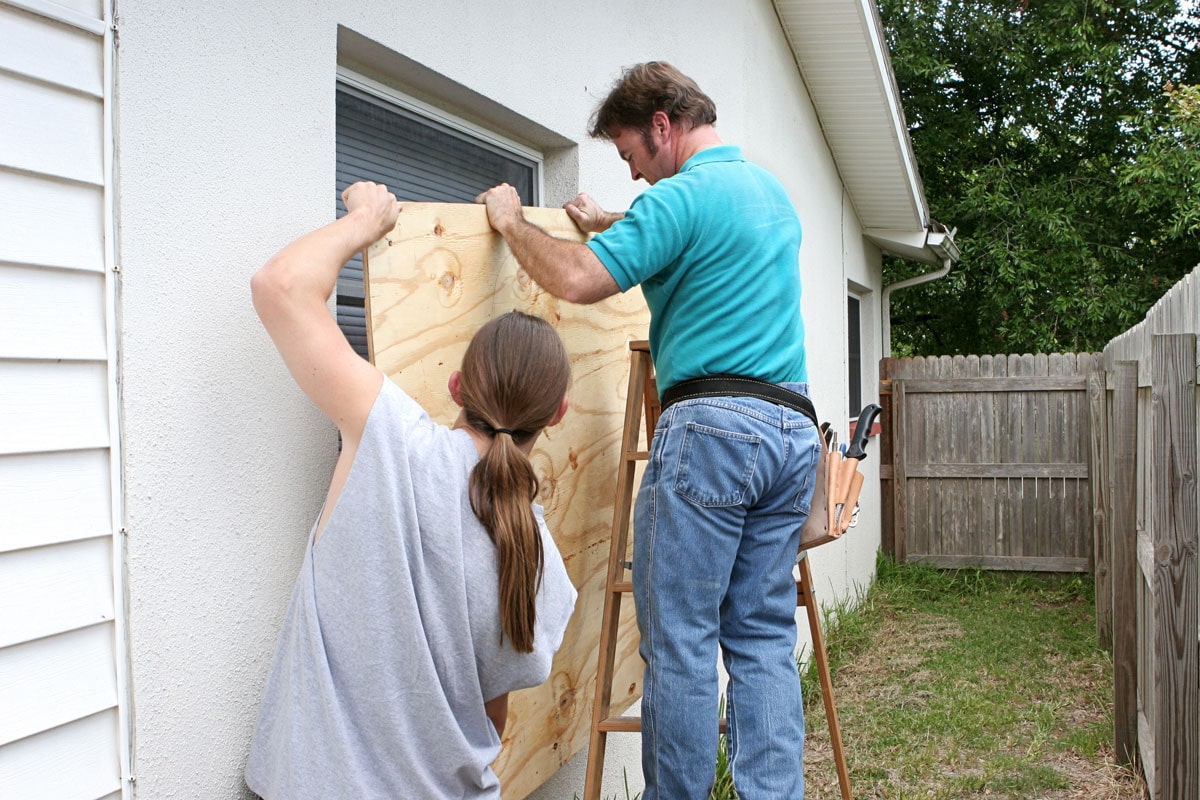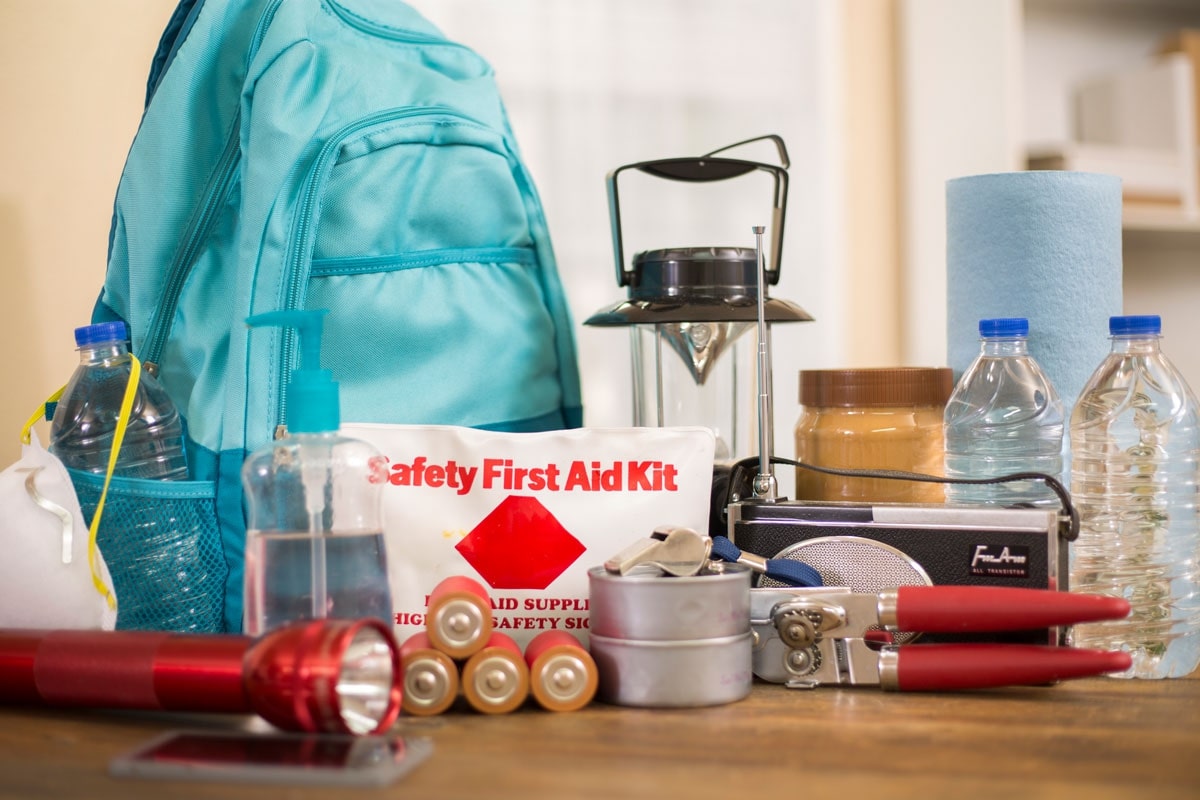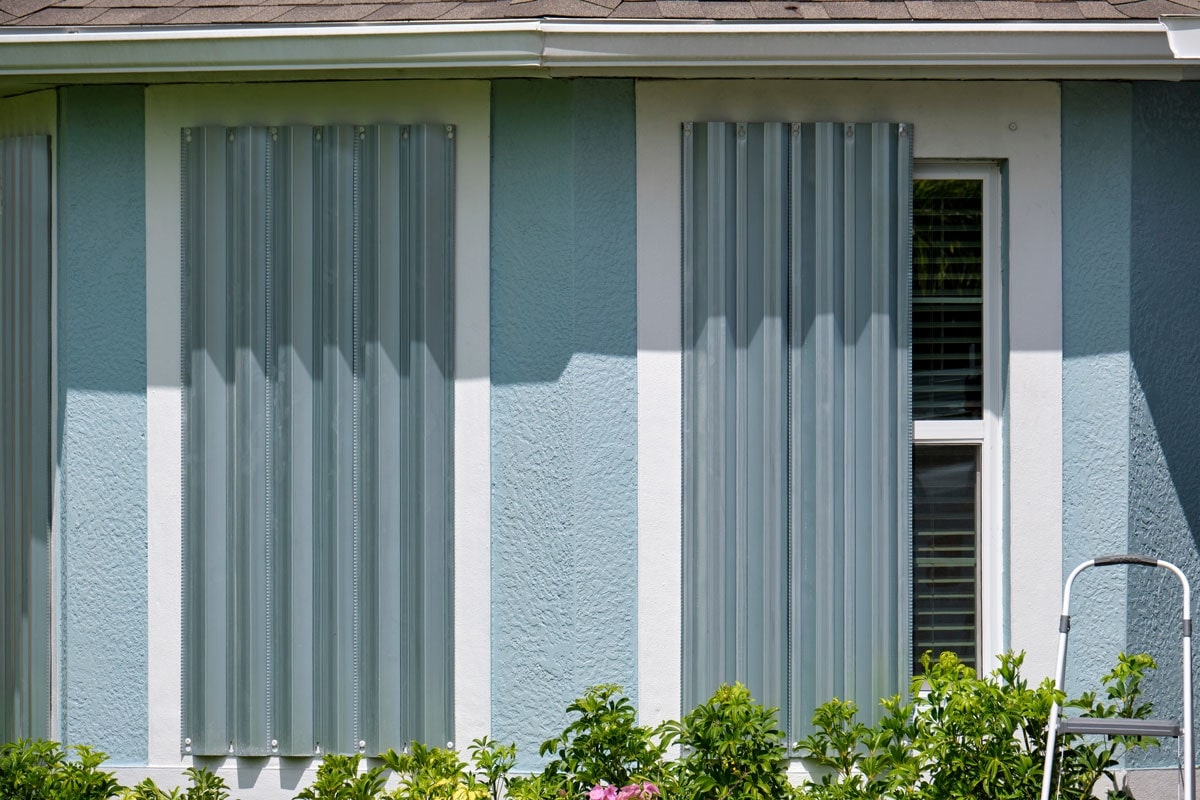Hurricane Preparation: What to Do Before the Storm
Being prepared for any weather event is critical. Fortunately, with hurricanes, you and your loved ones should have several days to prepare for an approaching storm.
 Adobe
Adobe
Before the Hurricane Preparations
June may be the official start of hurricane season but there’s never a wrong time to begin emergency planning and preparation. Here are some of the first steps you’ll want to take in preparing for a hurricane or tropical storm.
 Adobe
Adobe
Develop a Hurricane Prep Plan
Create a family emergency plan including evacuation routes and meeting points should you become separated or lose power. Determine how you’ll stay in touch and consider designating someone from out-of-state as your primary point of contact. Once your evacuation and communication plans are in place, sign up for storm alerts.
The FEMA app allows you to receive real-time alerts from the National Weather Service, and find emergency shelters in your area. Stay tuned to local news as well for updates on school closings, sandbag sites, road closures, and emergency supply tips. If you have a pet, be sure to have them microchipped and know a safe place where you can take them if hotels or public shelters don’t allow pets. Once news sources announce the projected path of a tropical storm or hurricane, stores within the cone (i.e., the probable track of the hurricane) are likely to become frenzied. Stock up on non-perishable food, water, and medications for people and pets in advance of storm announcements. Also, prepare a basic first aid kit that contains the following:
- Absorbent compress dressings
- Adhesive bandages (assorted sizes)
- Adhesive cloth tape
- Antibiotic and hydrocortisone ointments
- Aspirin
- Antiseptic wipes
- Emergency blanket
- Cold compress
- Nonlatex gloves
- Gauze bandage and sterile gauze pads
- Tweezers
Lastly, gather essential items such as flashlights, batteries, and a battery-powered radio, and have cash on hand in case power outages affect ATMs and card readers. If you have a pet, ensure that their essential supplies (i.e., leashes, carriers, pet pillows, and blankets) are stored conveniently near yours for easy access.
 Adobe
Adobe
Prepare Your Home
In preparing your home for a hurricane, you’ll want to begin by:
- Trimming trees and shrubs to reduce potential debris, and clearing your gutters and drains to prevent flooding. Ideally, these preparations should be done at least a month before the start of hurricane season, as professional help can become limited once a storm is announced.
- Purchase plywood to reinforce windows and doors. Plywood supplies can run thin at the peak of storm season, so this is another item worth keeping on hand year-round.
- Learn how to turn off your gas, electricity, and water in case there’s damage to these systems after a storm, or if you need to evacuate.
- Take photo and video inventory of your home, car, and personal belongings before a storm hits, as this can help expedite the insurance process afterward if you need to submit a claim.
Once a hurricane is approaching:
- Secure any loose outdoor items such as furniture, trash cans, and decorative items or tools.
- Build up a supply of water for sanitary purposes by filling your bathtub, washing machine, and large buckets or containers with water.
- Fill your car’s gas tank and move it to higher ground. If you have a garage, park your car inside the garage against the garage door.
- Unplug electronics—they are vulnerable to lightning strikes – and consider putting surge protectors in place.
- Gather important documents (i.e., legal papers, birth certificates, marriage license, financial papers, and insurance policy information) and place them in a safety deposit box or in fireproof/waterproof safe. If you can’t store original documents safely, make copies of your documents and keep them with you in a waterproof envelope.
- Use a flash drive to store any digital copies of important documents and records, and ensure you have all the passwords to critical accounts stored in a safe place you can access easily.
Hurricane Preparation for Driving:
While much of the focus on hurricane preparedness centers on protecting your home, it's equally important to prepare your car. Your vehicle will be essential if you need to run last-minute errands or evacuate as a storm approaches.
Before Driving:
- Do not drive in rainy weather and high winds if you don’t have to.
- Check your tires (including your spare) to make sure they have plenty of tread and are properly inflated.
- Before the storm hits, fill up your gas tank.
- Make sure the windshield wipers are in good shape. The blades should completely clear the glass with each swipe. Replace any blade that leaves streaks or misses spots.
- Pack an emergency kit in your vehicle, which includes a flashlight with extra batteries, a first-aid kit, drinking water, mobile phone and car charger, extra snacks/food for your travelers and any pets, battery booster cables, and emergency flares or reflectors.
On the Road:
- To boost visibility, drive with your headlights on.
- Reduce your speed to account for the lower traction on wet roads and the destabilizing effects of high winds.
- To avoid a collision, keep enough open space around your vehicle. Drivers should extend their following distance to at least 5 or 6 seconds, and adjust speed to keep open space to at least one side of your vehicle at all times.
- If your vehicle starts to hydroplane, gently ease off the accelerator and continue to look and steer where you want to go. This will help the vehicle regain traction.
- Avoid driving through flooded areas, even if you are familiar with the roads. The flooded area may contain dangers such as debris, tree branches or power lines that are not visible. The best thing you can do is turn around and find an alternate route.
We have several FREE guides that you can access for Hurricanes, Floods and Tornadoes, here are the links:
This information is being provided for general informational purposes only. The Auto Club Group does not assume any liability in connection with providing this information.